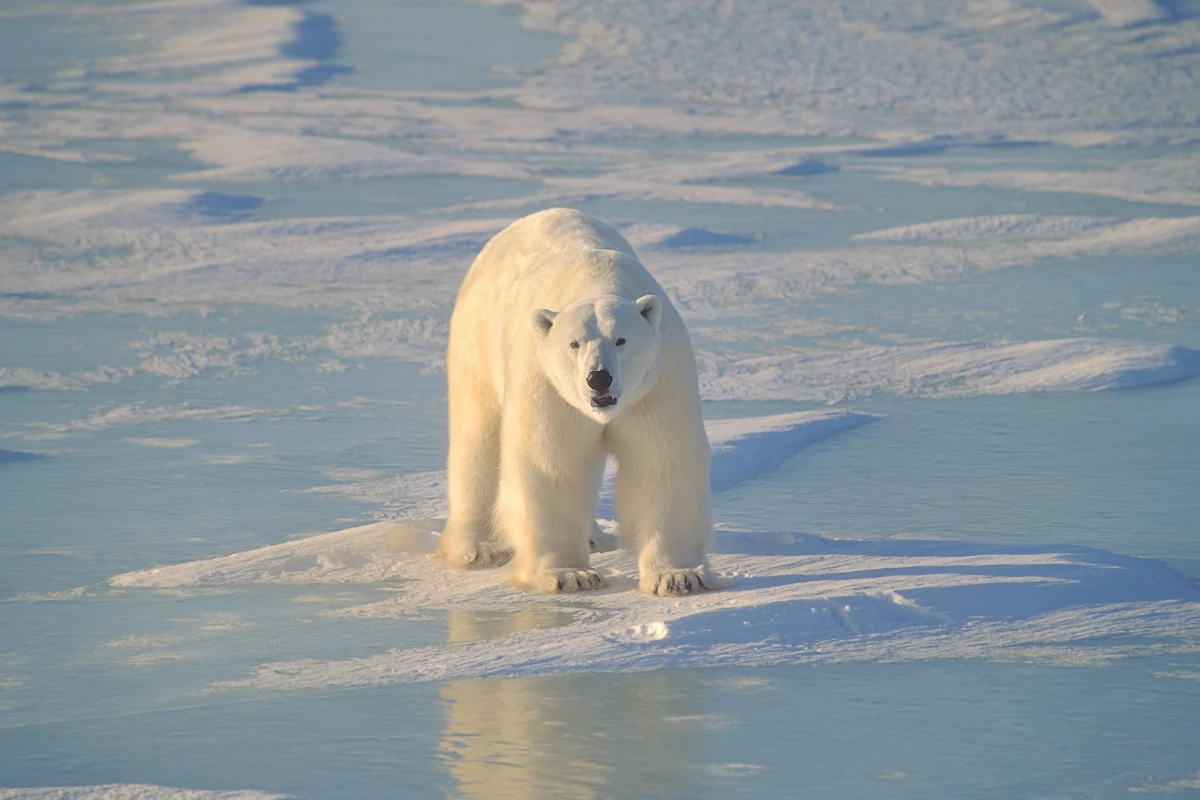The dramatic changes taking place in the Arctic as a result of climate change have long been known to spell trouble for polar bears, but a new study mapping out their future has provided a particularly grim outlook. By looking at the decline in Arctic sea ice and what that means for their hunting habits, scientists have created a timeline for polar bear survival that has nearly all populations collapsing by century’s end, assuming climate change continues at its current pace.
Because polar bears spend most of their time on sea ice in the Arctic Ocean, the alarming decline in coverage poses a serious threat to their livelihoods. It is only from these chunks of ice that they can catch seals to eat, which provide them with the high-fat content they need for sustenance. But with their habitats shrinking, they face a fight for survival.
So much so, the World Wildlife Fund already lists them as vulnerable. The new study carried out by scientists at the University of Toronto paints a perhaps even more alarming picture, by examining in unprecedented detail the relationship between sea ice decline and their ability to survive.
This involved first modeling how long polar bears can survive and nurture their cubs for without eating, depending on their condition, after the ice disappears. This was combined with climate modeling that projects sea ice loss to determine how long future fasting seasons may be for different polar bear populations.
“We addressed the basic physiology of how many days a polar bear can survive without food if it had a certain amount of energy stored in its body at the beginning of each fast,” says lead author Péter Molnár.
Together, this provided the researchers with a model that projected what sea ice loss would mean for reproduction and survival across around 80 percent of all polar bear populations. While there wasn’t enough data available to study the risk to the remaining 20 percent living in some inter-island channels, the researchers expect them to follow a similar path.
Which is that if climate change continues unabated, the resulting sea ice decline will lead to a sharp reduction in survival for nearly all polar bear populations by 2100, save for a few residing in the high Arctic.
“The challenge is that Arctic sea ice will keep disappearing as the world continues to warm,” says Molnár. “This means polar bears everywhere will face longer periods without food, and this will affect their ability to reproduce, survive and persist as healthy populations.”
The research was published in the journal Nature Climate Change.
Source: University of Toronto




